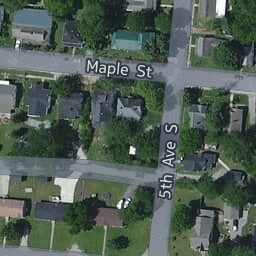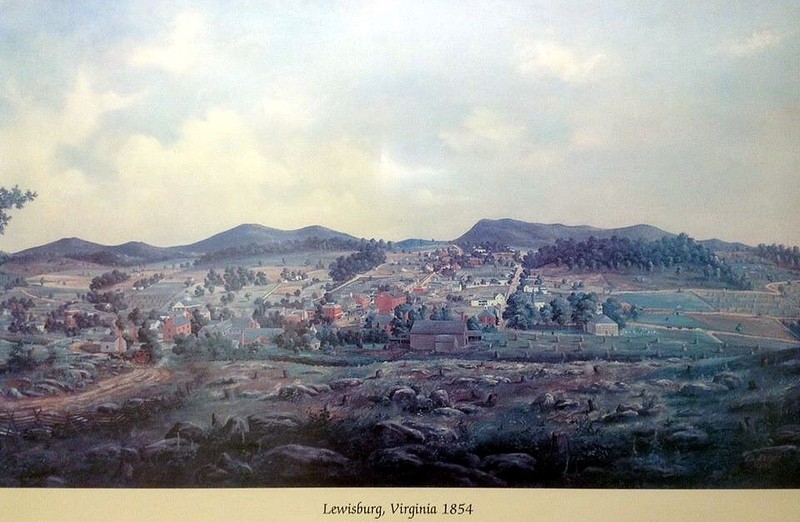Lewisburg Maple Street Historic District
Introduction
Text-to-speech Audio
Images

https://www.facebook.com/media/set/?set=o.553348398056027&type=1. 1854

Backstory and Context
Text-to-speech Audio
There are a total of six houses that sit on top of Gospel Hill in Lewisburg, they were originally built for the coal companies as workhouses for the people of the coal company. When the coal companies moved on the railroad companies moved in and shifted the houses for their workers. The lumber workers would have partake in living in these single and double level homes. Now there are no markers here, the whole area is just called the historic district without any distinction to these specifically, but they would soon be a bigger deal than just work homes.
After the Civil War would end, the Black community in certain places would begin to have certain rights that they had previously been left out of. This included being in certain communities. For the houses, thats exactly what was happening in Lewisburg, WV. This district is closely located near the heart of the city, and this would be where a collection of the Black community would move when they did here. This section of Lewisburg would be the most integrated even in the midst of public backlash.
Living closely to town would allow the Black community to participate (as much as the community would allow). The community would begin to vote and run for offices, as well as participate in the lumber boom that would make its rounds. This area is the only one that still has the 19th century houses reflected. There are no private viewing of the houses, but someone may drive or walk by at anytime to enjoy the historic district.
Sources
Nancy C. Curtis. Black Heritage Sites: An African American Odyssey and Finder's Guide. American Library Association, 1996. Page 264.
